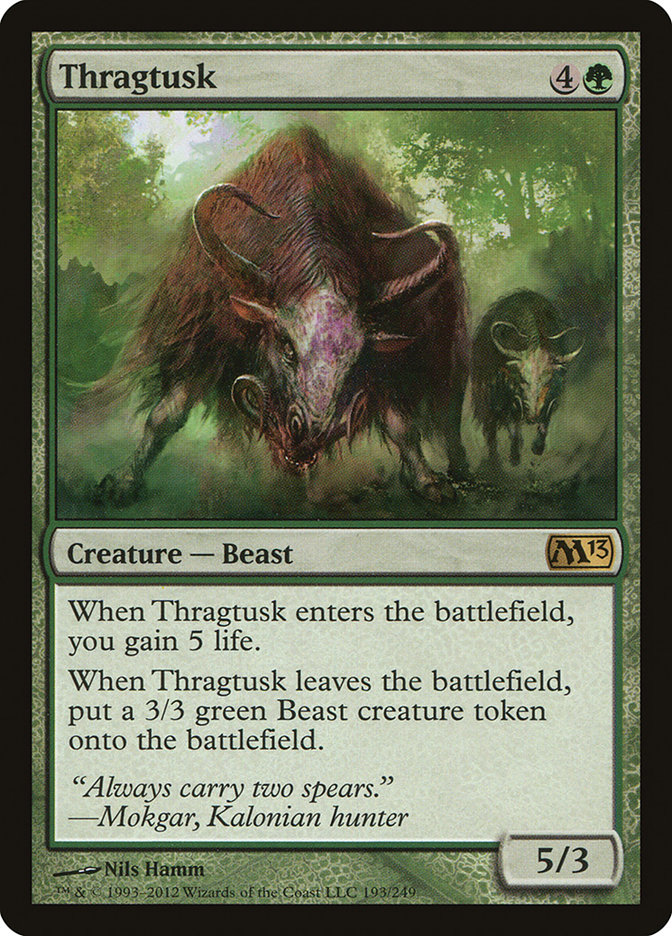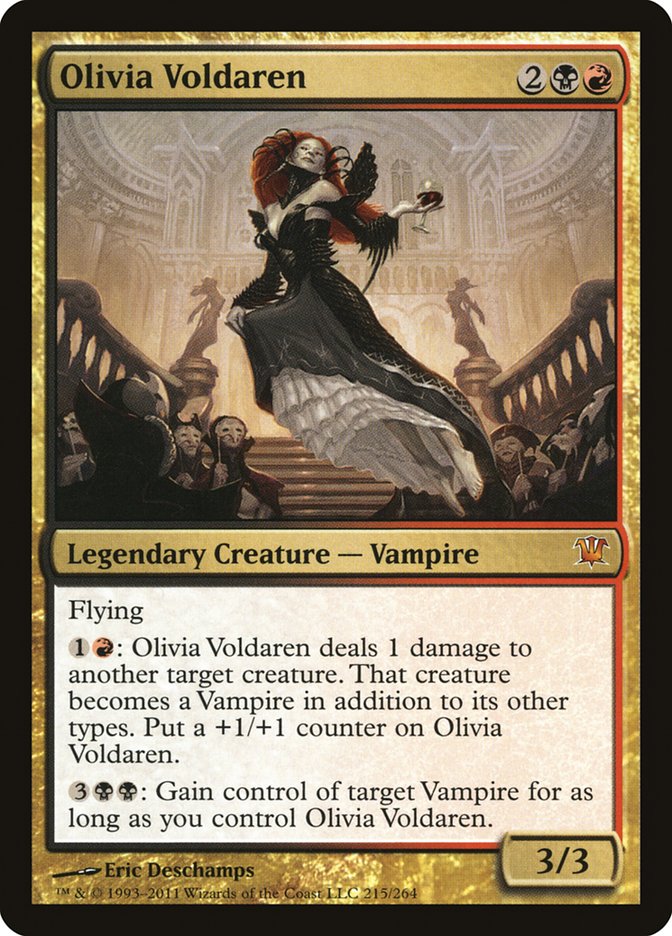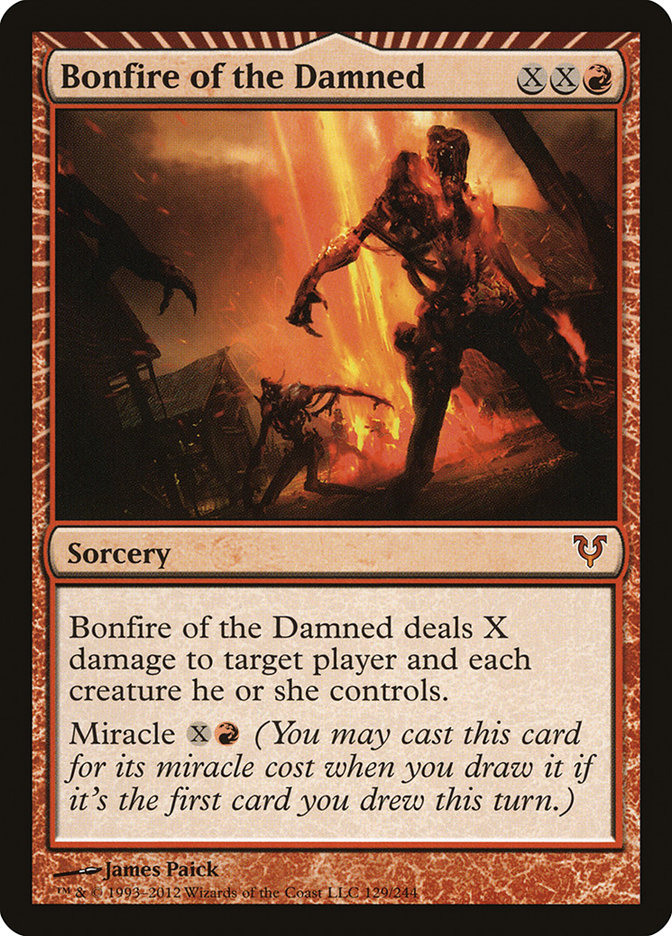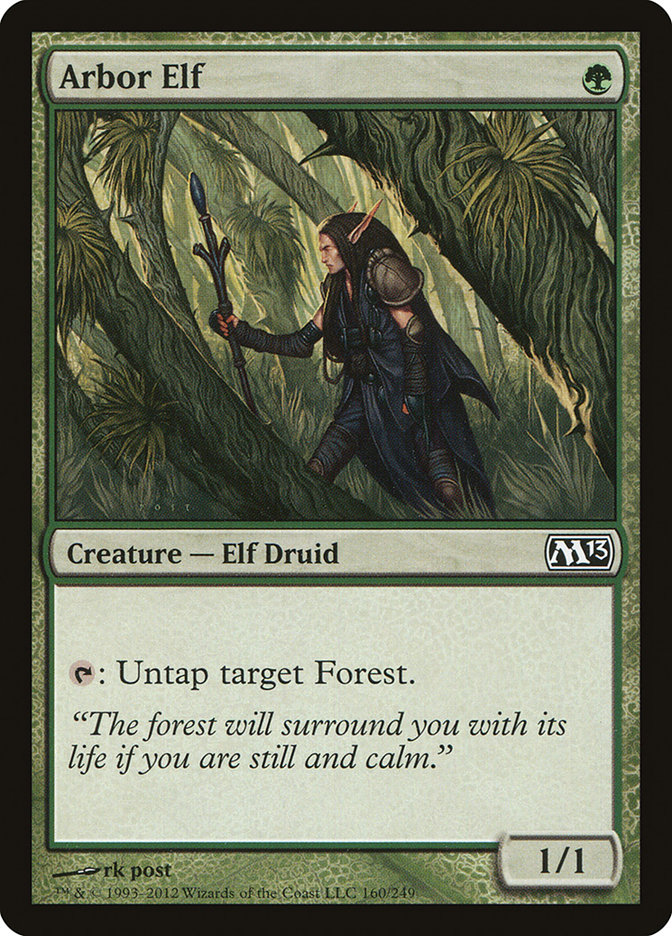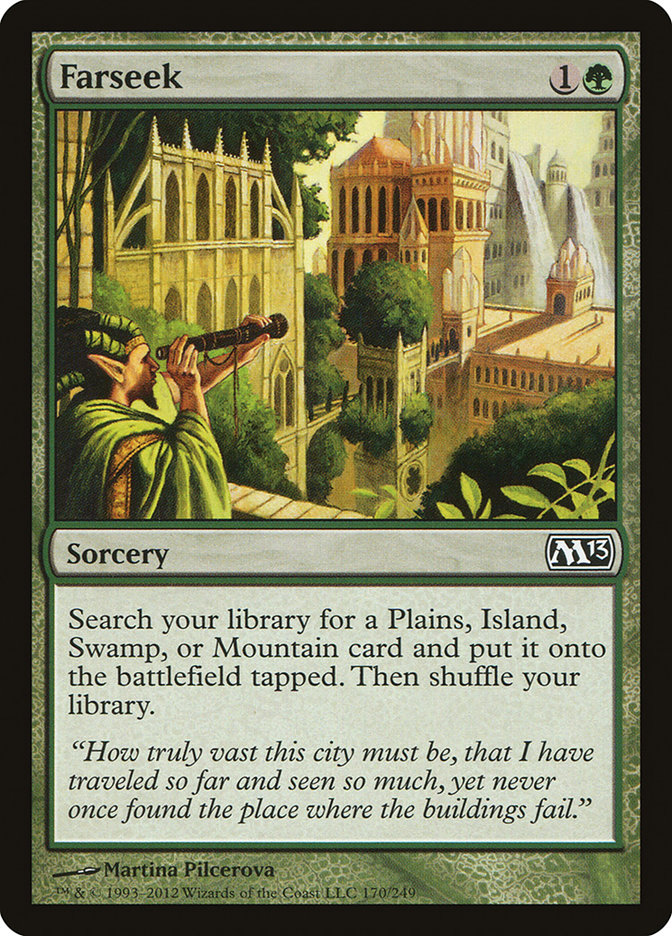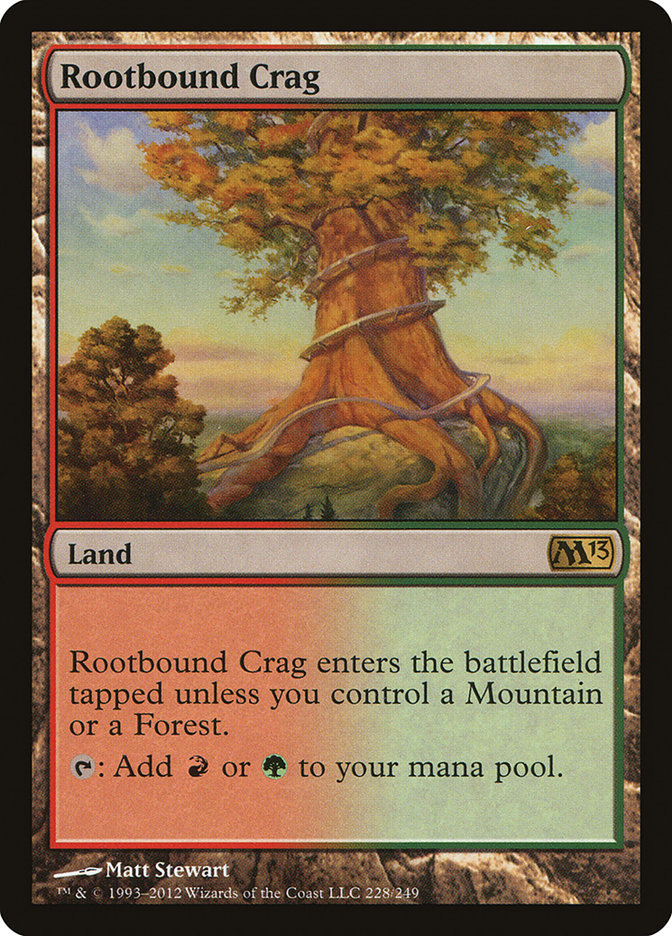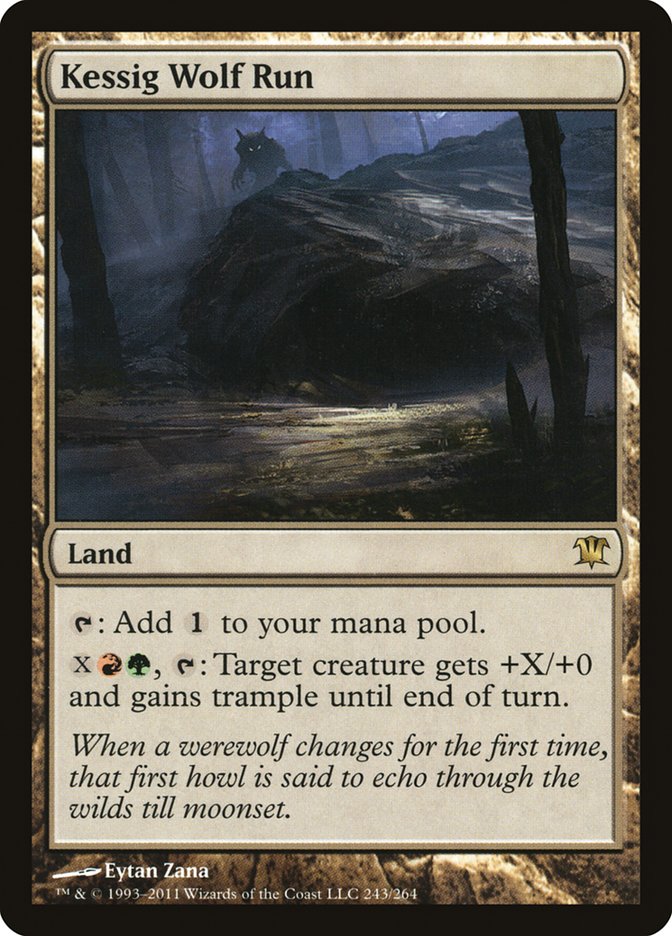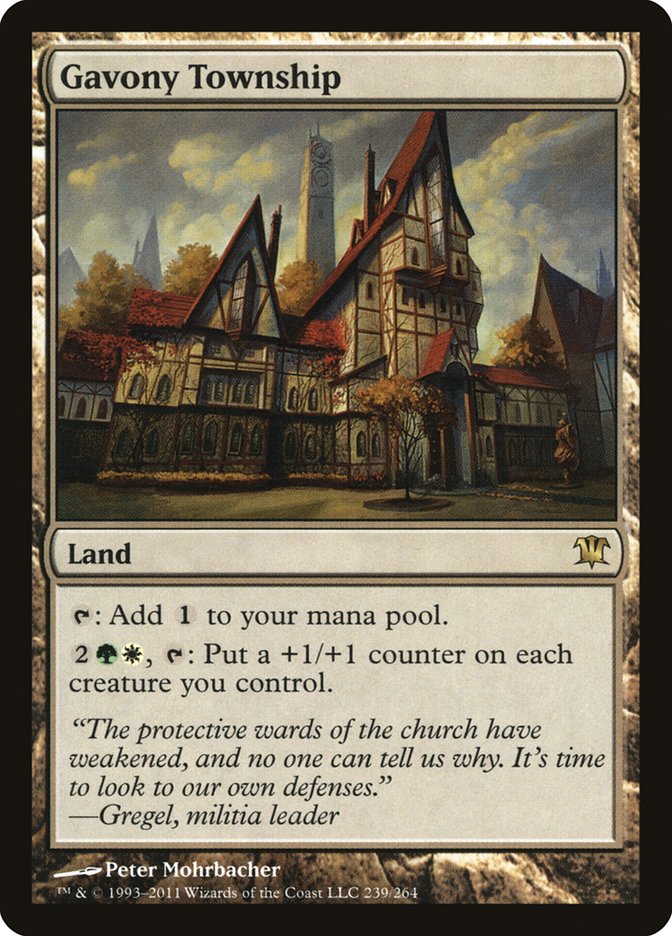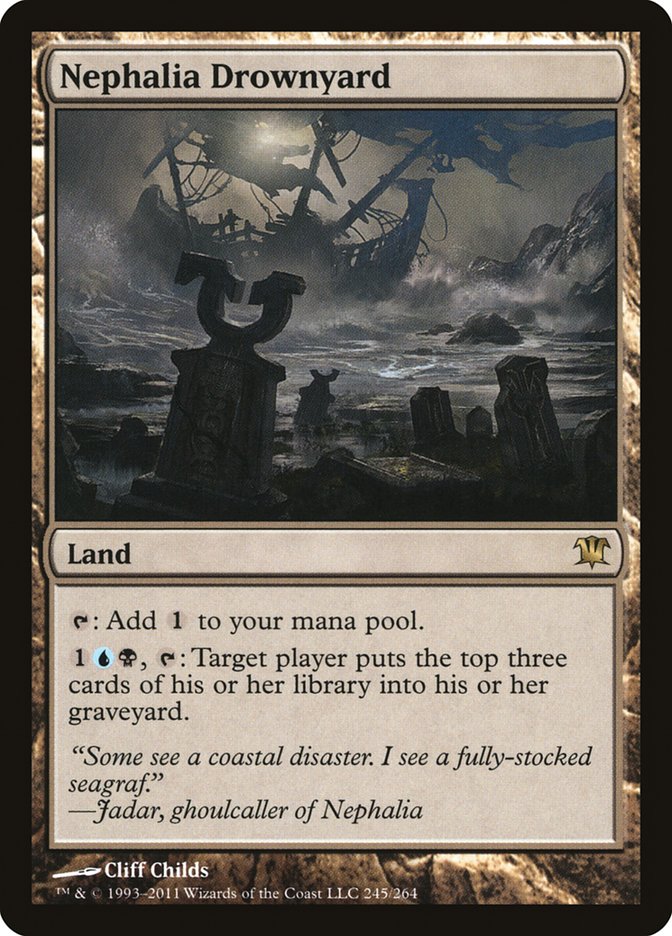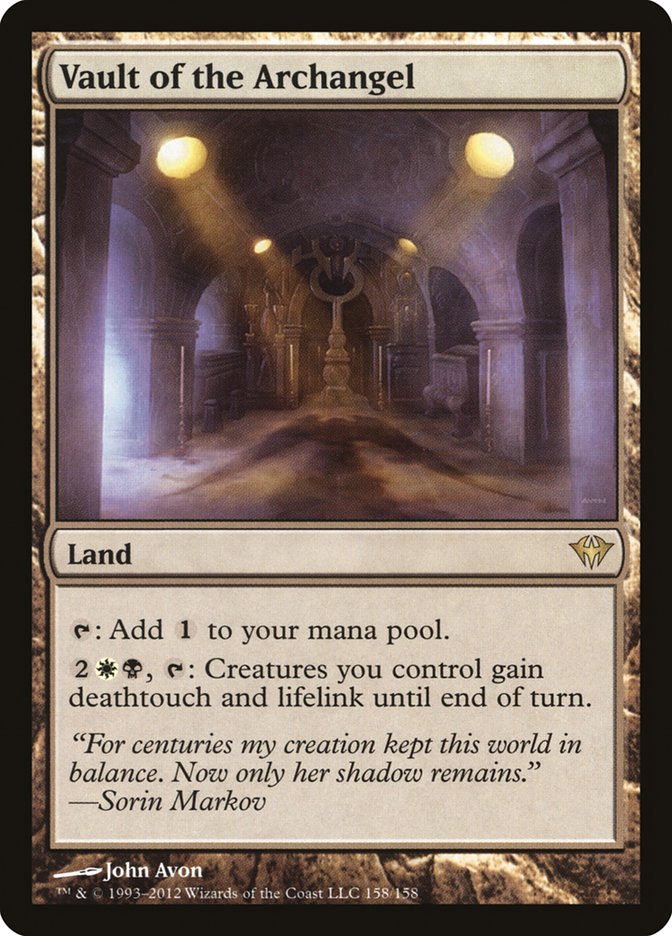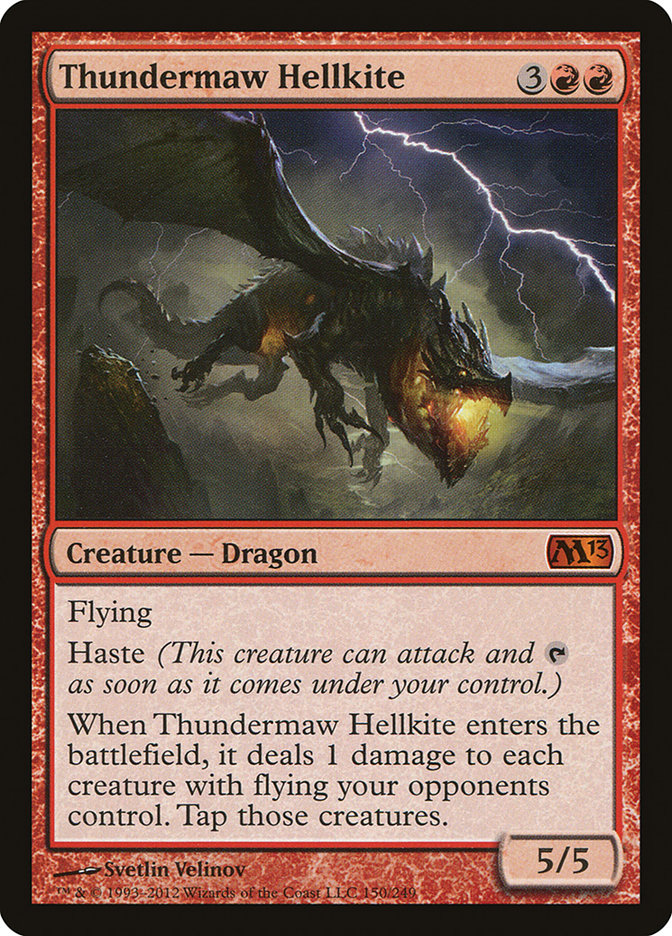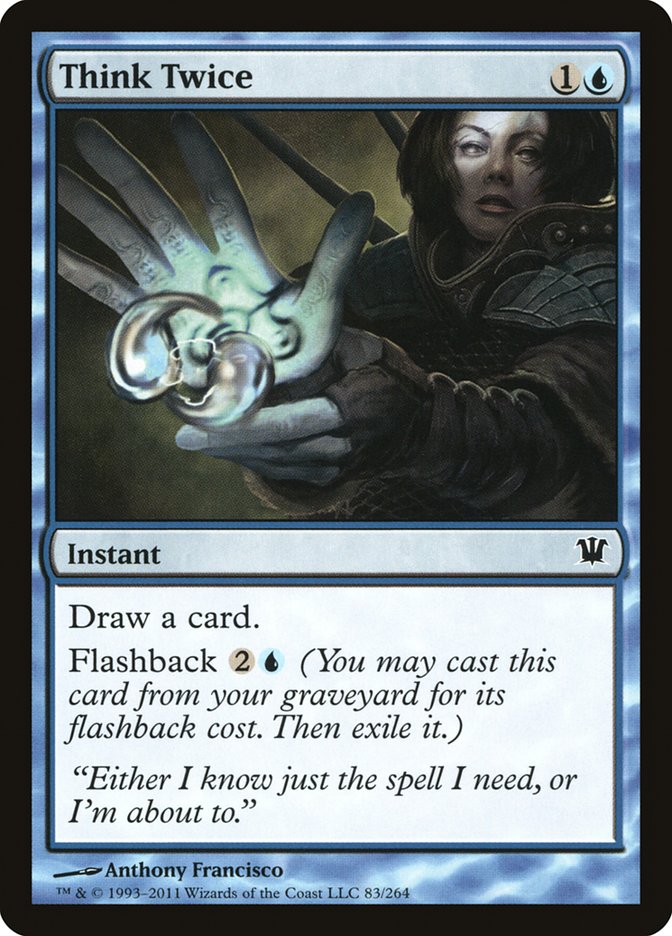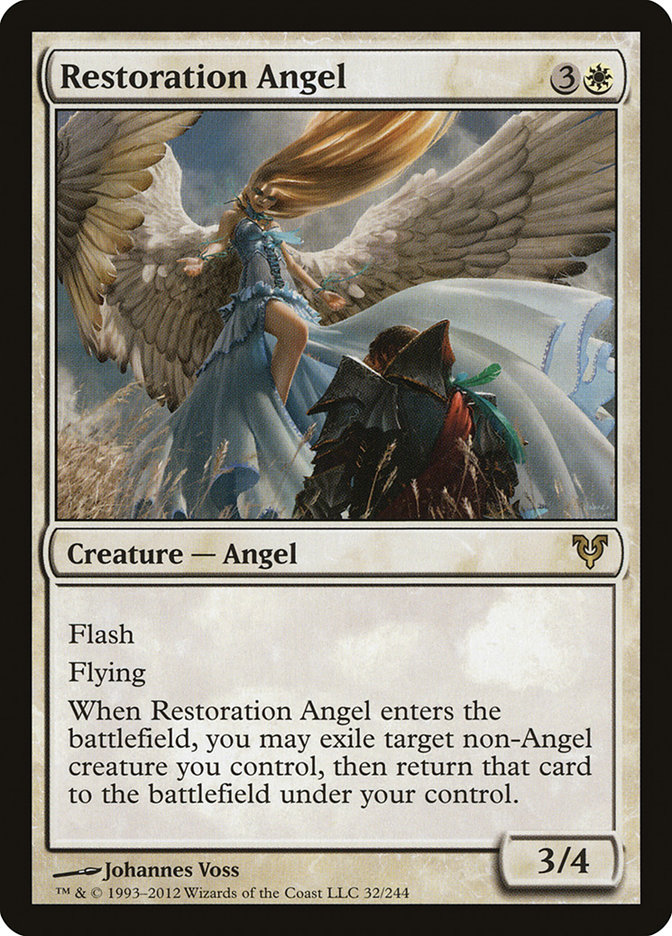It’s that time of year again. With Theros right around the corner and the current Standard winding down, everyone is wondering what the format will look like in a few months. People are talking about what decks will be the best after the rotation and . . .
I don’t like to speculate.
I don’t particularly see the point. Sure, you can look at Block Constructed and see that Esper Control decks were very successful. But so what? Those decks never had to play against opposing Elvish Mystics or Burning Earth. Woodlot Crawler and Blood Baron of Vizkopa may have been great at putting the brakes on aggressive strategies in Block, but those decks didn’t get to play with Chandra, Pyromaster and whatever new tools Theros is going to bring.
I prefer instead to look at the key players in major strategies that will be leaving us and revisit our assumptions. Remember last year around this time? The buzz leading into the new Standard was that Zombies would be the deck to beat since it was the only deck that didn’t lose anything in the rotation and gained powerful options like Lotleth Troll and Rancor. This is what I had to say then in this article:
So while Zombies may be the deck from current Standard that survives the rotation with the most cards intact, I don’t think it’s going to be a dominant force come Return to Ravnica time. Why? Because the format is going to shift and the reasons it’s a good deck are largely going away. Cards like Diregraf Ghoul and Gravecrawler are amazing in a world where people are both playing and building their decks to beat Gut Shot and Vapor Snag. But in the world where people can actually play creatures like Vampire Nighthawk or Wolfir Avenger without feeling silly? Well, those 2/2s and 2/1s start to look a lot worse.
It’s easy to get caught up in your own assumptions. When a deck like Zombies has been successful and remains intact, it seems perfectly reasonable to assume that it will continue to be successful unless you really break down the reasons for its success and examine if those conditions will continue to be true after rotation. In the case of Zombies, without Mana Leak to keep the midrange decks in check, it just was no longer a real threat. Cards like Huntmaster of the Fells, Olivia Voldaren, and Thragtusk, which were once fringe players in the metagame, became central cards in the new deck to beat and put Gravecrawler and friends to shame.
In fact, here is exactly what I had to say about the departure of Mana Leak (along with Vapor Snag, Doom Blade, and Dismember) back then:
While Snapcaster Mage will still be around, Gut Shot, Vapor Snag, and Mana Leak will not, which will make midrange creatures without guaranteed value much more viable. Sure, people can still play Unsummon, but the life loss was really important for Vapor Snag to help narrowly win race situations, so Unsummon is far less likely to see the same amount of play.
This won’t help the plight of unfortunate creatures like Hero of Bladehold, Mirran Crusader, and Phyrexian Obliterator, who will be leaving alongside the banes of their existence. I do wish we could have found out what kind of impact Phyrexian Obliterator in particular might have had in a world without Vapor Snag and Dismember (and kept trying to build decks with it even despite their existence), but it will open up space for other midrange creatures to shine.
Here are some creatures that I think might be worth revisiting after the rotation:
Bloodline Keeper
Olivia Voldaren
Sublime Archangel
Thundermaw Hellkite
Wolfir Silverheart
Wolfir Avenger
Falkenrath Aristocrat
Angelic Overseer
Bloodgift Demon
Fettergeist
Splinterfright
Silverblade Paladin
Vampire Nighthawk
It’s worth noting that it’s not just the departure of reactive cards that are good against midrange creatures that improves their position in the format but also the departure of the creatures that outclass them—namely the Titans. It’s been a long time since we’ve lived in a Titan-free world, but once upon a time it was possible for a four- or five-mana creature to be the biggest thing on the block.
Anyone remember Baneslayer Angel? Baneslayer went from being the premier trump threat in Standard to an also-ran once the Titans showed up, and now that they will be gone there’s a void to be filled for king of the mountain. Even Titan analogues like Wurmcoil Engine and Consecrated Sphinx will be gone along with Elesh, Norn Grand Cenobite, making it all that much more likely that we might find ourselves in a world where four- and five-cost creatures can matter again.
Jund has certainly played a few four- and five-cost creatures over the past year. It’s like I’m Nostradamus or something!
Let’s take a look at the major cards that are leaving us, shall we?
Originally printed as a tool to fight U/W Delver (thus "leaves play" vs. "dies" to combat Vapor Snag), Thragtusk has cast a long shadow since U/W Delver lost enough of its core cards to essentially leave the format. The existence of Thragtusk (especially in combination with Unburial Rites or Restoration Angel) has largely invalidated any kind of attrition-based strategy without the ability to go massively over the top with something like Sphinx’s Revelation. It has also oppressed any similarly costed creatures that match up poorly against it.
Now that big Thraggy is heading out to pasture, I expect to see a lot more Blood Barons and Obzedats running around—they’re the new favorites in the 5CC weight class. The departure of Thragtusk is also good news for anyone who is looking to flat-out kill their opponents. Cards like Burning-Tree Emissary get a lot better when you can expect that the early damage that they deal has a legitimate chance of actually closing out the game rather than hardly putting a dent into your opponent’s life total.
It’s interesting how Olivia went from a fringe card against Illusion Delver decks when Patrick Chapin played it at Worlds in 2011 to the single most-featured creature in the format. Olivia has probably been responsible for more hopeless sighs in the past year than any card short of Sphinx’s Revelation. Olivia absolutely controlled the kind of removal you had to play in your creature deck—she is the sole reason my G/R deck used Mizzium Mortars rather than anything else. Vulnerability to Olivia largely invalidated a number of decks, like G/W Aggro and any kind of aggressive U/W deck. Her departure means that removal-light color combinations are much more likely to be able to be competitive—at least until the next unbeatable midrange creature comes along.
The biggest change that I hope will come with the departure of Bonfire of the Damned is that people will complain about the miracle mechanic less. I find it amusing that people point to the Bonfire GIF from last year’s World Magic Cup as an example of what’s wrong with the mechanic. The reality is that the existence of that GIF highlights everything that is right about miracle. Watch it again. Look at the incredible range of emotional reactions that come about from that single moment of a miracled Bonfire.
Game design is ultimately about creating experiences—exciting, fun moments and memories—and that moment is a hell of a lot more exciting and a hell of a lot more memorable because it was made possible by the miracle mechanic. In a way, I’m kind of glad it happened—if we were going to get knocked out, I’d rather it be like that than in boring fashion, like by a Pack Rat.
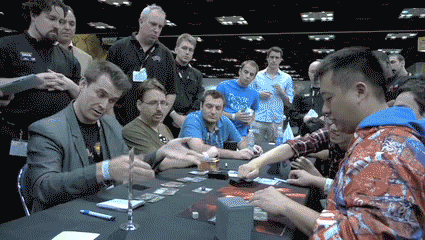
From a gameplay perspective, the departure of Bonfire makes strategies that involve many small creatures much safer. There are still Mizzium Mortars and Supreme Verdict to deal with, but Bonfire was a four-of in the most popular deck in the field for a long time, one that was much harder to hold back creatures against than a traditional wrath-based control deck. If it weren’t for Arbor Elf and Avacyn’s Pilgrim both departing the scene at the same time, I’d say Bonfire’s farewell marks the perfect time to play a hyper creature mana acceleration strategy. While the Elf deck as we know it will be leaving along with Bonfire, it’s certainly worth keeping an eye out for what new mana accelerants Theros might offer since they’re much safer in this new world.
Speaking of mana creatures, the departure of both Arbor Elf and Avacyn’s Pilgrim means we’re going to have to go without the glut of one-drop accelerants we’ve grown accustomed to. This will make things a bit tougher for decks that are looking to power big things out quickly. While it was Unburial Rites and Angel of Serenity that made most of the flashy plays in Junk Reanimator decks, it was Avacyn’s Pilgrim and Arbor Elf that did heavy lifting in the other games. For every Grisly Salvage into Angel win, there were far more victories that came on the back of an accelerated Thragtusk. Elvish Mystic remains and will certainly have friends, but it’s unlikely we’ll see the same quality of creature acceleration we’ve been spoiled by lately. Expect things to slow down a bit.
On the subject of acceleration, Farseek may have quietly been the most important card in Standard for the past year. It was the glue that held many of the most popular and powerful decks in the format together, including the longtime boogeyman that is Jund. The combination of mana acceleration and mana fixing that Farseek provided was second to none.
It wasn’t until the introduction of Burning Earth that people even bothered to play basic lands, and there was even a period where we saw a slew of four-color decks popping up, splashing for everything from Unburial Rites and Rakdos Return to Sphinx’s Revelation and Nephalia Drownyard. The departure of Farseek (alongside Burning Earth) will give Standard a sanity check about what’s possible with mana bases. Expect two-color decks to become much more the norm.
We’ve had Rootbound Crag, Glacial Fortress and friends around for so long that it almost seems like a given that they’ll be available, but no longer. It’s a virtual certainty that Theros will include some new kind of dual lands, but it remains to be seen how they stack up to the M10 lands. There have been some whisperings of the Nimbus Maze cycle showing up, which would be similar to M10 lands in casting spells with multiple colors of mana but make it tougher to play cards with heavy single-color requirements—a strange direction in a world with devotion as a mechanic, so I’m not buying that rumor until I see confirmation.
Sure, there are others in the cycle, but these are the big ones. No one is going to miss Stensia Bloodhall, no one even knows what the G/B one is called, and only Craig Wescoe ever really played with Slayer’s Stronghold. The loss of the utility lands makes decks more reliant on getting maximum value out of their spells and it more viable to play an attrition-based game. Previously, you could easily lose to your opponent’s single remaining Wolf token after killing everything else thanks to Kessig Wolf Run or get slowly overwhelmed by just a pair of mana creatures with a Gavony Township. I would not be surprised to see more utility lands of some kind in Theros block since Ravnica is all mana fixing for lands, but for now we’re down to Mutavault if you’re looking for value from your land slots.
Thundermaw didn’t see as much play as it should have during its time in Standard. The card is so powerful that it’s made its way into Modern decks, yet somehow it still only saw off and on play in the much less powerful Standard environment. I’m glad I helped put Thundermaw in its rightful place as a dominant force in the format over the last month or so. The loss of Thundermaw Hellkite means that it’s now safe to actually try to play defense with flying creatures, something that was a fool’s errand for a time. Hellkite is also taking with it all of the heavily played haste creatures in Standard, which makes sorcery speed removal much better than it has been lately.
Sphinx’s Revelation may still be around, but the cogs that make it such a powerful machine are gone. Those of you who played Block Constructed probably know that Revelation wasn’t nearly the backbreaker in that format that it was in Standard. Part of the reason was that there was no Think Twice in Block so you had to play a higher density of land to actually cast big Revelations, meaning you came up with of grip of air far more often.
The other reason was the lack of Snapcaster Mage. With four Revelations and four Snapcaster Mages, it took just one big Revelation to start a never-ending chain of card drawing and life gain. Without the redundancy of Snapcaster, you’re much more likely to just draw into a pocket of removal or countermagic and not be nearly as able to absolutely bury your opponent as you have been able to do for much of Revelation’s time in Standard.
These two cards have really made control decks tick over the past few years, and while it may seem like all of the important tools for the U/W decks came from the Azorius guild, they’re going to be in a lot rougher shape without the help of their friends from Innistrad.
Last but certainly not least is Restoration Angel. When I first saw the Avacyn Restored spoiler, I was really excited for what Restoration Angel could do for the many enters-the-battlefield triggers I had been playing in my aggro Naya Pod deck. I knew it would be one of the all-stars to come out of the set, but I had no idea how big it would get. The existence of Restoration Angel has magnified the power level of any number of creatures with triggered abilities and made combat steps as terrifying as they’ve been since the combination of Mistbind Clique and Cryptic Command.
With Angel gone, aggressive decks will be able to more confidently attack into open mana and won’t be so beholden to having instant-speed removal or bloodrush effects that can get them through a 3/4 flier. But don’t weep for Restoration Angel—she’ll still be seeing plenty of play in Modern I’m sure.
That’s it for this week. I’m sure there are a number of other cards I could have discussed, from Lingering Souls and Tragic Slip to Falkenrath Aristocrat and Huntmaster of the Fells, but these are the ones that I feel will be responsible for the biggest shifts in the way people build decks and play the format. And remember—don’t fall into the trap of making assumptions about what the future will be like. Magic has a lot of moving parts, and things are never as simple as you think they’re going to be. That’s why it’s still fun after all these years.
Until next time,
bmk

